Description
Customer Satisfaction Measurement Instructions typically delineate the procedures, methodologies, and tools employed to assess the status of satisfaction customers experience with a product, service, or overall engagement. The following presents a structured framework that should be adhered to when developing content for Customer Satisfaction Measurement Instructions:
1. Purpose of the Measurement
- Objective: The purpose of this procedure is to establish a systematic approach for measuring customer satisfaction ISO 10004. This process is designed to identify areas of strength and opportunities for improvement in the products, services, and overall customer experience provided by the organization.
- Significance: The measurement of customer satisfaction is a critical component in enhancing customer retention, optimizing product quality, and fostering continuous improvement within the organization.
2. Scope of the Measurement
- Target Audience: This document applies to all customers or selected customer segments who have engaged with the organization’s products or services, based on the scope determined by the specific objectives of the measurement.
- Measurement Focus: The focus of this measurement includes but is not limited to aspects such as product quality, service delivery, customer support, overall satisfaction, and the likelihood of recommending the product or service to others.
3. Methodology
- Survey Design:
- The survey instrument shall incorporate various question types, including Likert scale questions, Net Promoter Score (NPS), and open-ended questions to ensure comprehensive data collection.
- The sampling method should ensure a representative sample of the target customer base, ensuring diversity and accuracy in feedback.
- Data Collection Methods:
- Surveys: Surveys may be administered via digital platforms, telephone, or in person based on customer preferences and the context of the interaction.
- Interviews: Structured or semi-structured interviews may be conducted with customers to gather in-depth qualitative data.
- Focus Groups: Focus group discussions shall be organized periodically to delve into customer perceptions in greater detail.
- Feedback Forms: Post-purchase or post-interaction feedback forms may be employed to collect customer opinions regarding their recent experiences.
- Frequency: Customer satisfaction shall be measured at regular intervals, including but not limited to quarterly assessments or immediately following a significant customer interaction (e.g., after product delivery or service completion).
- Tools and Software: A range of tools and software (such as SurveyMonkey, Qualtrics, or Google Forms) may be utilized to administer surveys, collect responses, and analyze data efficiently.
-

Customer Satisfaction Measurement Instructions typically delineate the procedures
4. Data Analysis and Interpretation
- Data Processing:
- Collected data shall be processed and analyzed according to established procedures. Quantitative responses shall be statistically analyzed, and qualitative responses will be categorized for thematic analysis.
- Key Performance Indicators (KPIs):
- The primary metrics used to measure customer satisfaction will include, but are not limited to, Customer Satisfaction (CSAT) scores, Net Promoter Score (NPS), Customer Effort Score (CES), and other relevant performance indicators.
- Thresholds: Established thresholds shall define satisfaction levels (e.g., a CSAT score of 80% or above may be considered satisfactory, while scores below this threshold will require action).
- Segmentation: Data analysis shall include segmentation based on factors such as product type, service type, demographics, and customer behavior, enabling the identification of specific areas for improvement.
5. Reporting and Communication
- Reporting Format: The findings from the customer satisfaction management system shall be presented in a clear, concise format, utilizing graphs, charts, tables, and other relevant visual tools to ensure easy interpretation by stakeholders.
- Report Frequency: Reports shall be generated on a predetermined schedule, typically quarterly or annually, depending on the business needs.
- Distribution: The results of the satisfaction measurement process shall be communicated to key stakeholders, including management, customer service teams, product development teams, and other relevant parties.
- Presentation: The results shall be communicated through formal channels, such as management meetings, executive presentations, or digital dashboards.
6. Action Plans and Follow-Up for Customer Satisfaction
- Identifying Improvement Areas: The data shall be thoroughly reviewed to identify specific areas where customer satisfaction can be enhanced. This may involve the refinement of processes, improvements in product design, or changes in service delivery.
- Action Plans: Based on the findings, detailed action plans shall be developed to address areas requiring improvement. These plans shall outline specific steps, responsible parties, timelines, and necessary resources.
- Customer Feedback Loop: The organization shall communicate the changes made based on customer feedback, demonstrating a commitment to continuous improvement. Customers may be informed via email, newsletters, or website updates.
7. Roles and Responsibilities in the Process of Customer Satisfaction Measurement Instructions
- Responsible Teams/Individuals: The responsibility for the implementation of this measurement process shall lie with the customer experience or satisfaction team. Additionally, the involvement of other departments, including marketing, operations, and product development, may be necessary to ensure comprehensive feedback is incorporated into business strategies.
- Stakeholder Engagement: Relevant stakeholders, including senior management, team leaders, and customer-facing staff, shall be involved in reviewing the data and making strategic decisions based on the findings.
8. Compliance and Ethical Considerations
- Confidentiality: Customer data collected through this process shall be managed in strict accordance with relevant data protection laws, including the General Data Protection Regulation (GDPR), and the organization’s internal privacy policies.
- Objectivity and Non-Bias: The measurement process shall be designed to ensure neutrality and avoid bias in both data collection and analysis.
- Transparency: Customers shall be informed about how their feedback will be used, and their participation in the survey shall be voluntary.
9. Review and Improvement of the Measurement Process
- Continuous Improvement: The customer satisfaction measurement process itself shall undergo periodic reviews to ensure its relevance and effectiveness. Feedback from both customers and internal stakeholders shall be incorporated to enhance the quality of future measurements.
- Internal Evaluation: The process will be assessed after each measurement cycle to identify any issues or inefficiencies in the procedure and make improvements as necessary.
10. References and Resources for Customer Satisfaction Measurement
- Relevant tools, software, and templates used for data collection and analysis shall be referenced here. Additionally, any regulatory requirements or guidelines for conducting customer satisfaction measurements shall be included.

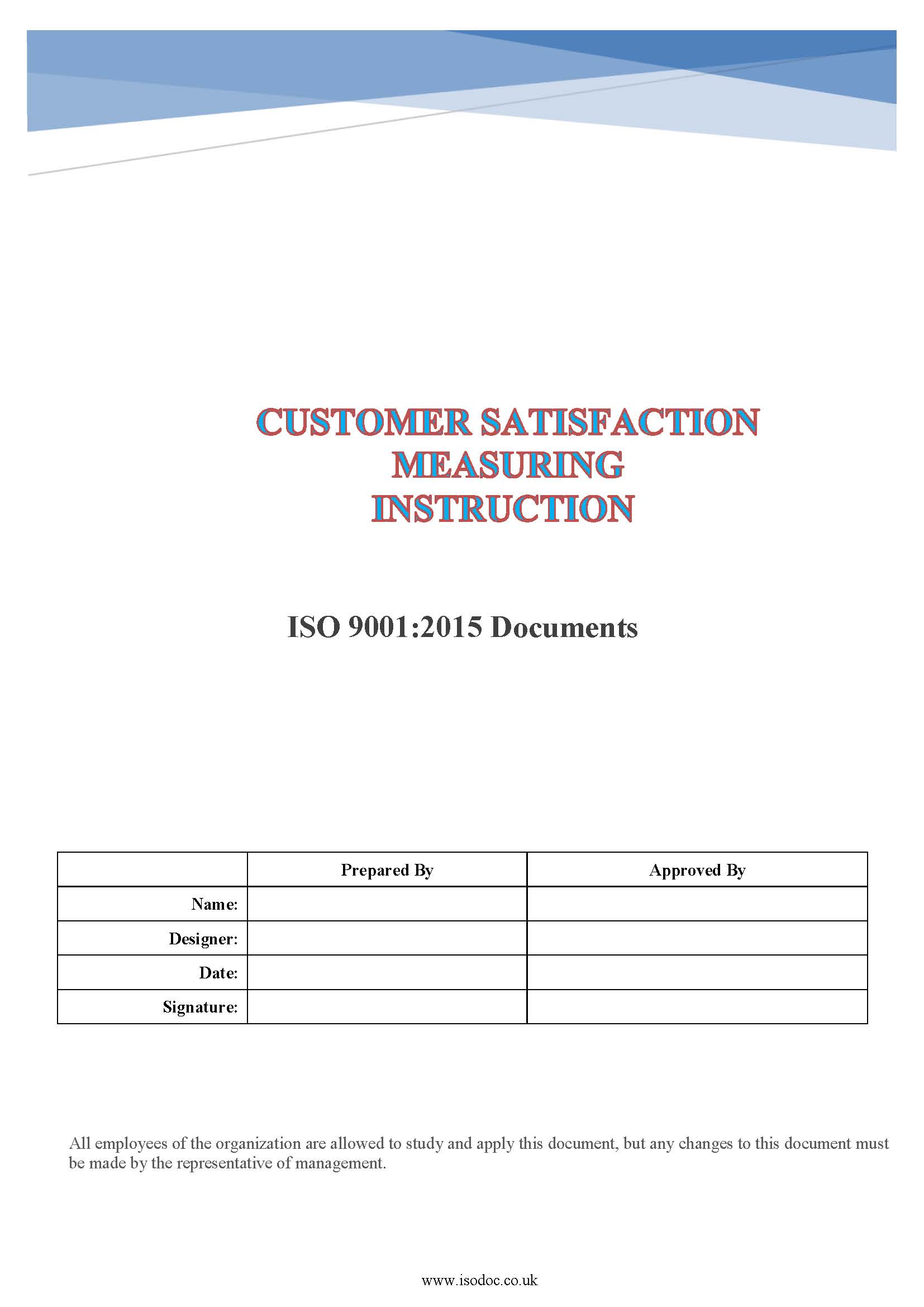
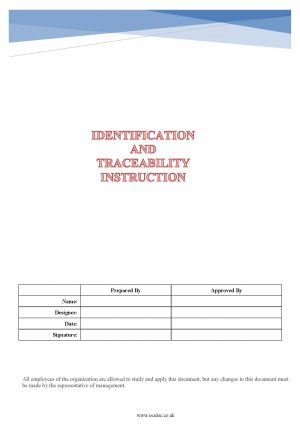
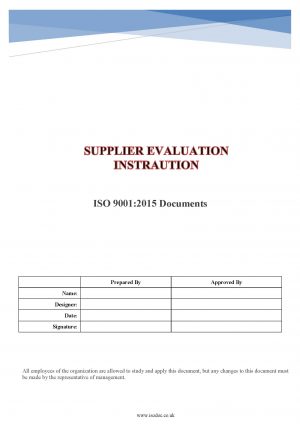
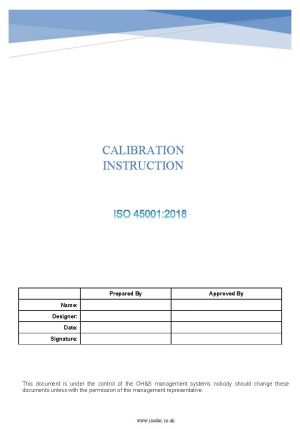
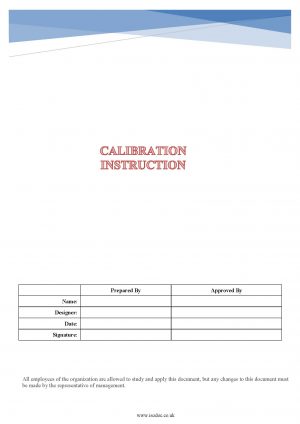
Reviews
There are no reviews yet.